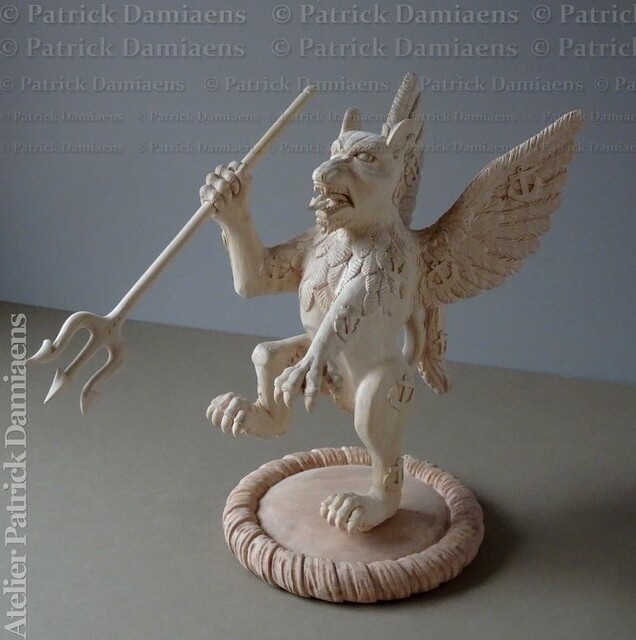
1009-366-24
John Washington Steele (1843 – 1921), aka Coal Oil Johnny, was a nationally-known spendthrift who made a fortune (around $8 million today) off of oil royalties and spent it all in under a year. His childhood home was located between the Rynd farm and Rouseville. The Oil Region Alliance bought the property in 1999 with the intent of historical preservation and rehabilitated it to its appearance during the 1860s. In the process, it was moved into the Oil Creek State Park. It now serves as a small museum detailing Coal Oil Johnny’s life, shedding light on the early years and material culture of Pennsylvania’s oil boom.
This home was originally owned by Culbertson and Sarah McClintock, relatively well-to-do farmers living along Oil Creek in Venango County, Pennsylvania. They built this two-story wooden frame house in 1850. Metal fastenings were scarce, so the timber joints were joined by wooden pegs. Whilst this method of building dates back to Medieval Europe, its sturdy and time-tested results kept it popular up through the 1900s.
Before his death in 1855, Cubertson adopted the orphaned John Washington Steele. Sarah continued caring for the boy until her 1864 death in a house fire. Now 21 and freshly married, John began raking in oil royalties, also discovering a safe of money Sarah had kept in the house after she leased some of their land to oil seekers. He now was in charge of these leases and so recieved his royalties. He stayed on the farm for a short time before setting off for Philadelphia with his riches, leaving his wife and infant son behind. It was during his two-year spending spree that he became nationally known as “Coal Oil Johnny”, the man who reportedly literally had money to burn, as folklore states he would light cigars with $100 bills.
During this time, he not only managed to spend the modern equivalent of $8 million, but to accumulate sizable debts as well. After he lost the farm to bankruptcy, John took work wherever he could, moving his family to a new state whenever his reputation would catch up with him. Larry and Carole Waitz were the next owners of the house, adding a kitchen around back and expanding the porch. Unfortunately, this 1,024 square foot house fell into disrepair, and in 1997 Preservation PA, Inc. added it to the list of Pennsylvania’s Most Endangered Historic Properties. The Oil Region Alliance bought it in 1999 for $1.
The structure had to be fumigated twice to remove an infestation of powderpost beetles that were weakening the structure. All non-original materials were removed before the rest of the structure was dismantled, transported to the Oil Creek State Park, and reconstructed. The foundation stones were supplemented by cement blocks and support beams were added to damaged posts. While the goal was to restore the home to its 1860s appearance, some safety and security updates were made while preserving the look of the house. The internal restoration took place in 2005 and was supplemented by donations of period-appropriate furniture from local organizations.
Today, the Coal Oil Johnny House (also known as the McClintock-Steele-Waitz House) operates as a house museum along the Titusville and Oil City railroad tracks. The house is open to the public for various events, or for scheduled tours. The history of the oil boom and John Washington Steele are depicted by artifacts, historical summaries, and photographs stationed throughout the house. While Coal Oil Johnny’s name and notoriety have faded from the national consciousness, his story of rags-to-riches-to-rags mirrors those of others who rose to fortune and died in debt, such as Bitcoin investors, Michael Jackson, or Mark Twain.




















